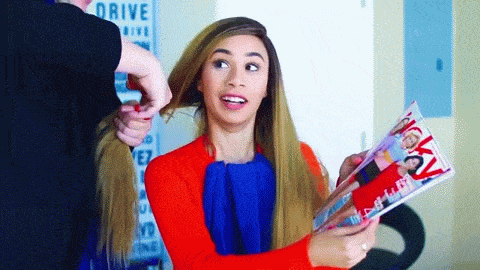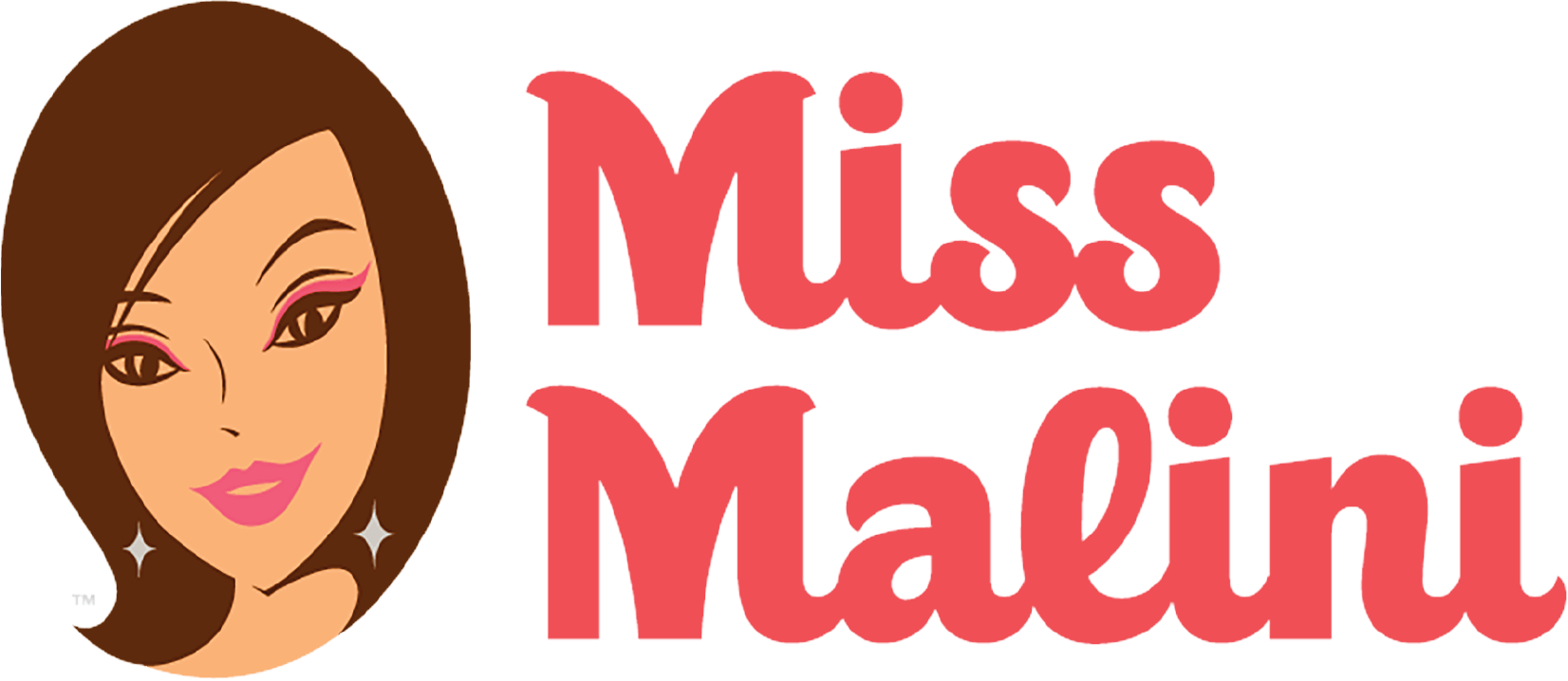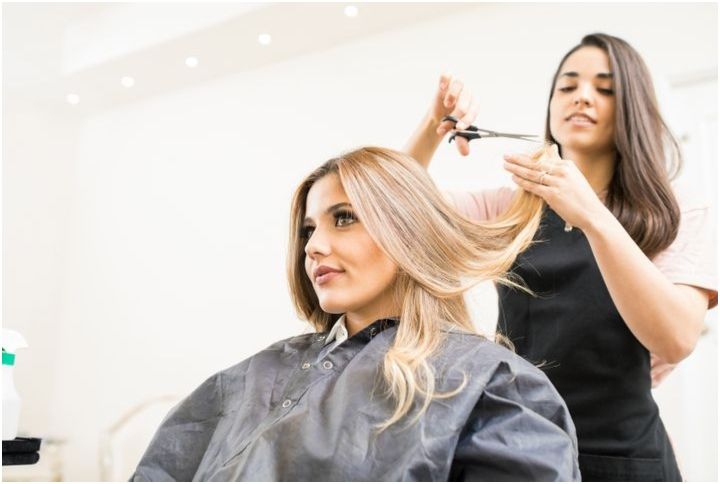
Getting a new haircut is super exciting but can be really scary at the same time. You’ve finally gone through a million images and narrowed down exactly what you’re looking for. But sometimes when you’re trying a new stylist you might hear many haircut terms being thrown around that go over your head. I’ve been there, just nodding politely to what the stylist said and hating my haircut at the end of the day. Raise your hand if you’ve been in a similar situation and were scared to try anything new again.
Good communication and understanding are crucial between the hairstylist and yourself. So its always a good idea to educate yourself with a few of the important buzzwords before setting off on your next appointment. Especially so, if you plan to have a major overhaul. Plus you really should know the terms for what you exactly want so you both understand each other. While we could go on and on with the extensive amount of terms or jargon professional hairstylists use, it can get complicated. But never fear we’ve listed some of the most relevant haircut phrases and their meanings you need to know.
Scroll below to read up on some common haircut buzzwords that will help you find the perfect hairstyle:
1. Feathering
Feathered hair works great on most types and lengths of hair. It features finely layering which gives a softer look plus adds texture to your hair, shaping the end of your locks by cutting it in an angled V shape. Feathered hairstyles were first popularized in the ’70s by actress Farrah Fawcett and still is a very common technique used by hairstylists, albeit the updated version isn’t so dramatic as the original.
2. A-Line
In an A-line haircut the length of the hair is shorter in the back and longer in the front. The severity of the angle is up to you but it generally frames the face in the front. It’s most commonly seen on shorter to mid-length hairstyles.
3. Asymmetric
You’ve probably heard this term many times, but it actually refers to a haircut that is two different lengths. Here the length on either side of your hair like the left or right side can be cut shorter than the other.
4. Razor Cut
This basically means getting your hair cut entirely with a straight edge razor blade instead of scissors. It’s the most effective way to remove bulk and add texture but your hair needs to be wet in the process and the razor very sharp. The final result should have you leaving with more wispy strands. It works best for straight or slightly wavy hair types.
5. Graduated Cut
This is another common technique where the weight is built within the shape. There are 3 types of graduation but the triangle is the most used form. It can be performed on any length but there’s a general progression from short in the back to longer lengths in the front in a diffused fashion. Often it’s done to add a bit of needed bulk or weight to the style in specific areas. For example, think graduated bobs that were popularised by Victoria Beckham in the mid-2000s.
6. Undercut
Originally coined for a men’s haircut, the term undercut in recent years has been used in women’s styling too. Basically here you are shaving your head on the side or back but keeping the top section long. If designed well it can be paired with any other haircut style as well depending on the look you want. Some prefer a more severe or drastic version while others prefer more subtle undercuts.
7. Bangs
When choosing to do bangs its important to always show a reference for what you want. It can drastically vary in style and length. Some common examples include; curtain bangs, that are longer and softer, or blunt bangs that sit heavy on the forehead and is cut right at the brows. We can go on and on with other subcategories of bangs or fringes but basically, the hair is cut straight across the forehead and short in front of your face.
8. Bob Haircut
For over a century the bob haircut is still one of the most popular hairstyles to have. Whether it’s a blunt cut, long bob or even A-line, the variations of bobs makes it easy to find a style that suits your hair by just it discussing with your stylist. Here too, we have tons of terms floating around and intermingling. So showing an image and expressing with words like blunt, soft or wispy give the hairstylist a better idea of your intention.
9. Clavicut
This cut is a precision blunt haircut at the collarbone that’s straight and the same length all around. Short enough to seem like a bob but long enough to tie up. It looks good on most face shapes giving clean elegant lines. Allowing for the versatility it can be worn in many different ways. You can create more edgy styles with some texturising product or even more sophisticated poker straight looks with this cut.
10. Layers
Layering is pretty much a self-explanatory technique. The hair is cut into shorter and longer lengths. Depending on what you’re going for the layers can be cut more subtle or choppy. It all depends on your hair type and face shape. One of the most popular cuts rather than the traditional layered look is the tousled shaggy style with short layers on the top and longer layers on the bottom. When done wrong a shaggy cut can look like a mullet but in the right hands, it can look fabulous. Just think Taylor Swift in her Lover era or Miley Cyrus’s more rocker chic vibe.
Did you learn any new phrases from this list? Would you like a more in-depth list? Let us know in the comments below
Follow @missmalinibeauty on Instagram for more updates.

